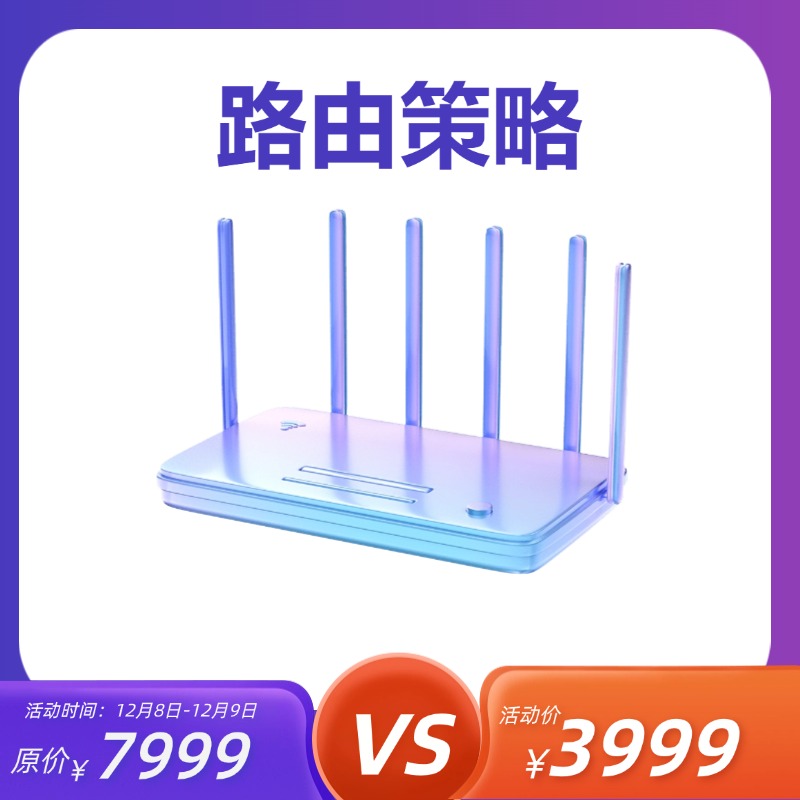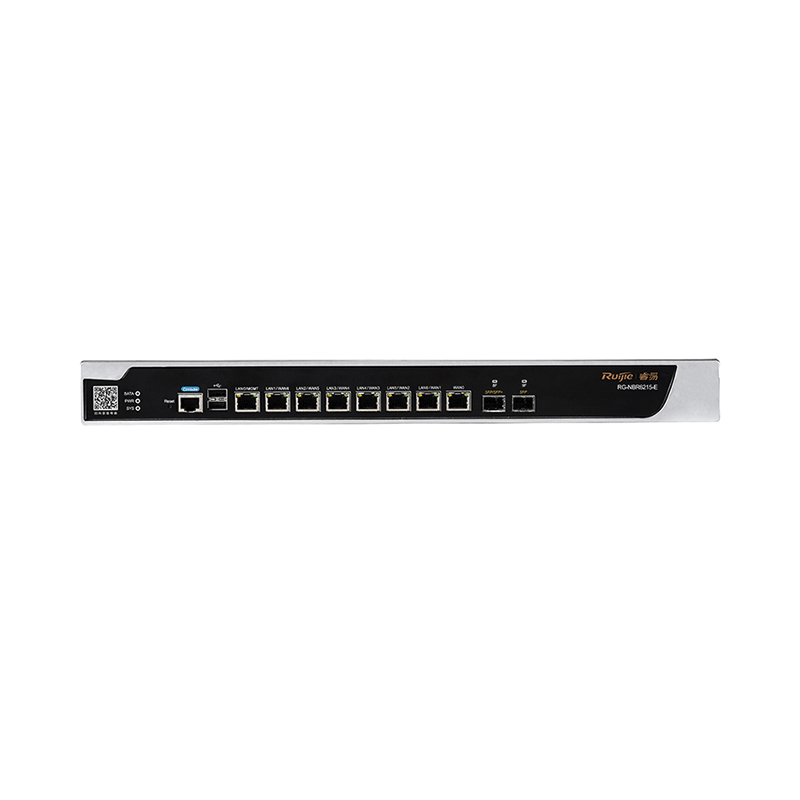首先,了解用户需求是第一步。用户需要提供以下信息:水平使用哪类线缆(考虑预算和应用)、各楼层的数据点数和语音点数、建筑物的平面图(CAD图)、核心机房位置、建筑群使用的光纤芯数等。
接下来,根据用户提供的资料进行计算。
1. **工作区子系统**:跳线数量等于数据点数,模块数量等于数据点数加语音点数,面板数量根据数据点数和语音点数进行分配。
2. **水平子系统**:计算线缆平均长度,然后根据平均距离和总点数确定线缆箱数。
3. **垂直子系统**:根据楼层内语音数量确定对数电缆的使用量,同时计算光纤或铜缆的使用量。
4. **管理间子系统**:根据楼宇数据总点数和语音总点数确定数据配线架、110配线架、理线架、RJ45转RJ11鸭嘴跳线、数据跳线、光纤配线架、光纤跳线、尾纤、耦合器的数量。
5. **设备间子系统**:与管理系统子类似,但需要根据机房预留的数据和语音总点数进行计算。
6. **建筑群子系统**:计算光纤和大对数双绞线的使用量,同时确定光纤配线架、光纤跳线、尾纤、耦合器的数量。
在计算过程中,还需注意以下几点:
- 考虑线材布放的损耗,并留有一定的余量。 - 根据实际情况调整计算参数。 - 选择合适的线缆类型和数量,确保系统稳定运行。
通过以上步骤,我们可以准确计算出弱电综合布线系统的点位数和线缆用量,为项目的顺利实施提供保障。
Helvetica, arial, "Hiragino Sans GB", "Microsoft YaHei", SimSun; vertical-align: baseline; word-break: break-word; color: rgb(93, 93, 93); white-space: normal;">很多朋友提到关于弱电综合布线系统点位数、线缆用量如何计算,本期我们就来一起看下。

seline; word-break: break-word; color: rgb(93, 93, 93); white-space: normal;">用户需要提供以下几点即可:
seline; word-break: break-word; color: rgb(93, 93, 93); white-space: normal;">水平使用哪类线缆? (预算和应用来考虑)
seline; word-break: break-word; color: rgb(93, 93, 93); white-space: normal;">各楼层的数据点数、语音点数; (实际需求)
seline; word-break: break-word; color: rgb(93, 93, 93); white-space: normal;">建筑物的平面图(CAD图); (计算线缆距离)
seline; word-break: break-word; color: rgb(93, 93, 93); white-space: normal;">核心机房在哪栋楼或哪个楼层? (光纤走向和用量)
seline; word-break: break-word; color: rgb(93, 93, 93); white-space: normal;">建筑群使用多少芯数的光纤? (无其它用处,一般使用6芯)
seline; word-break: break-word; color: rgb(93, 93, 93); white-space: normal;"><SPAN style="margin: 0px; padding: 0px; border: 0px; font-style: inherit; font-variant: inherit; font-weight: 700; font-stretch: inherit; font-size: inherit; line-height: inherit; font-family: inherit; vertical-align: baseline; word-break: break-word;">一、工作区子系统
seline; word-break: break-word; color: rgb(93, 93, 93); white-space: normal;">跳线: =数据点数
seline; word-break: break-word; color: rgb(93, 93, 93); white-space: normal;">模块: =数据点数+语音点数(为方便,用统一的)
seline; word-break: break-word; color: rgb(93, 93, 93); white-space: normal;">面板:
seline; word-break: break-word; color: rgb(93, 93, 93); white-space: normal;">双口=数据点
seline; word-break: break-word; color: rgb(93, 93, 93); white-space: normal;">单口=数据点数+语音点数
seline; word-break: break-word; color: rgb(93, 93, 93); white-space: normal;">二、水平子系统
seline; word-break: break-word; color: rgb(93, 93, 93); white-space: normal;">
seline; word-break: break-word; color: rgb(93, 93, 93); white-space: normal;">首先取线缆平均长度: =(距离机房最远点+距离机房最近点距离)/2*1.1+6(米)
seline; word-break: break-word; color: rgb(93, 93, 93); white-space: normal;">线缆箱数=水平线平均距离*总点数/(305米/水平线平均距离)*1.2(考虑到线材布放的损耗及留有一定的余量)
seline; word-break: break-word; color: rgb(93, 93, 93); white-space: normal;">注意: 总点数=数据+语音
seline; word-break: break-word; color: rgb(93, 93, 93); white-space: normal;">三、垂直子系统
seline; word-break: break-word; color: rgb(93, 93, 93); white-space: normal;">
seline; word-break: break-word; color: rgb(93, 93, 93); white-space: normal;">光纤或铜缆使用: =从楼宇的核心机房至各个楼层的距离
seline; word-break: break-word; color: rgb(93, 93, 93); white-space: normal;">大对数电缆: =从楼宇的核心机房至各个楼层的距离
seline; word-break: break-word; color: rgb(93, 93, 93); white-space: normal;">注意: 对数的使用多少看楼层内的语音数量
seline; word-break: break-word; color: rgb(93, 93, 93); white-space: normal;">四、管理间子系统
seline; word-break: break-word; color: rgb(93, 93, 93); white-space: normal;">
seline; word-break: break-word; color: rgb(93, 93, 93); white-space: normal;">1、数据配线架(包括模块): =楼宇数据总点数/24或48
seline; word-break: break-word; color: rgb(93, 93, 93); white-space: normal;">2、110配线架(包括模块): =楼宇语音总点数/100
seline; word-break: break-word; color: rgb(93, 93, 93); white-space: normal;">3、理线架: =数据配线架数*2(交换机也要用到)
seline; word-break: break-word; color: rgb(93, 93, 93); white-space: normal;">4、RJ45转RJ11鸭嘴跳线: =楼宇语音总点数
seline; word-break: break-word; color: rgb(93, 93, 93); white-space: normal;">5、数据跳线: =楼宇数据总点数u光纤配线架: =光纤芯数(一般一个12口ST机架)
seline; word-break: break-word; color: rgb(93, 93, 93); white-space: normal;">6、光纤跳线(ST-LC): =光纤芯数
seline; word-break: break-word; color: rgb(93, 93, 93); white-space: normal;">7、尾纤(ST): =光纤芯数
seline; word-break: break-word; color: rgb(93, 93, 93); white-space: normal;">8、耦合器(ST): =光纤芯数
seline; word-break: break-word; color: rgb(93, 93, 93); white-space: normal;">五、设备间子系统
seline; word-break: break-word; color: rgb(93, 93, 93); white-space: normal;">
seline; word-break: break-word; color: rgb(93, 93, 93); white-space: normal;">1、数据配线架(包括模块): =机房预留数据总点数/24
seline; word-break: break-word; color: rgb(93, 93, 93); white-space: normal;">2、110配线架(包括模块): =机房预留语音总点数/100
seline; word-break: break-word; color: rgb(93, 93, 93); white-space: normal;">3、理线架: =数据配线架数*2(交换机也要用到)
seline; word-break: break-word; color: rgb(93, 93, 93); white-space: normal;">4、RJ45转RJ11鸭嘴跳线线: =机房预留语音总点数
seline; word-break: break-word; color: rgb(93, 93, 93); white-space: normal;">5、数据跳线: =机房预留数据总点数
seline; word-break: break-word; color: rgb(93, 93, 93); white-space: normal;">核心机房(垂直子系统为铜缆时):
seline; word-break: break-word; color: rgb(93, 93, 93); white-space: normal;">u数据配线架(包括模块): =管理间数/24
seline; word-break: break-word; color: rgb(93, 93, 93); white-space: normal;">u110配线架(包括模块): =楼宇语音总点数/100
seline; word-break: break-word; color: rgb(93, 93, 93); white-space: normal;">u理线架: =数据配线架数*2(交换机也要用到)
seline; word-break: break-word; color: rgb(93, 93, 93); white-space: normal;">uRJ45转RJ11鸭嘴跳线线: =楼宇语音总点数
seline; word-break: break-word; color: rgb(93, 93, 93); white-space: normal;">u数据跳线: =管理间数
seline; word-break: break-word; color: rgb(93, 93, 93); white-space: normal;">核心机房(垂直子系统为光纤时):
seline; word-break: break-word; color: rgb(93, 93, 93); white-space: normal;">1、光纤配线架: =管理间数*光纤芯数
seline; word-break: break-word; color: rgb(93, 93, 93); white-space: normal;">2、光纤跳线(ST-LC): =管理间数*光纤芯数
seline; word-break: break-word; color: rgb(93, 93, 93); white-space: normal;">3、尾纤(ST): =管理间数*光纤芯数
seline; word-break: break-word; color: rgb(93, 93, 93); white-space: normal;">4、耦合器(ST): =管理间数*光纤芯数
seline; word-break: break-word; color: rgb(93, 93, 93); white-space: normal;">一、建筑群子系统
seline; word-break: break-word; color: rgb(93, 93, 93); white-space: normal;">
seline; word-break: break-word; color: rgb(93, 93, 93); white-space: normal;">1、光纤使用量: =各楼宇间距离+适量冗余 (常用重铠6芯单模)
seline; word-break: break-word; color: rgb(93, 93, 93); white-space: normal;">2、大对数双绞线使用量: =各楼宇间距离+适量冗余
seline; word-break: break-word; color: rgb(93, 93, 93); white-space: normal;">3、光纤配线架: =楼宇间数*光纤芯数
seline; word-break: break-word; color: rgb(93, 93, 93); white-space: normal;">4、光纤跳线(ST-LC): =楼宇栋数*光纤芯数
seline; word-break: break-word; color: rgb(93, 93, 93); white-space: normal;">5、尾纤(ST): =楼宇栋数*光纤芯数
seline; word-break: break-word; color: rgb(93, 93, 93); white-space: normal;">6、耦合器(ST): =楼宇栋数*光纤芯数


























